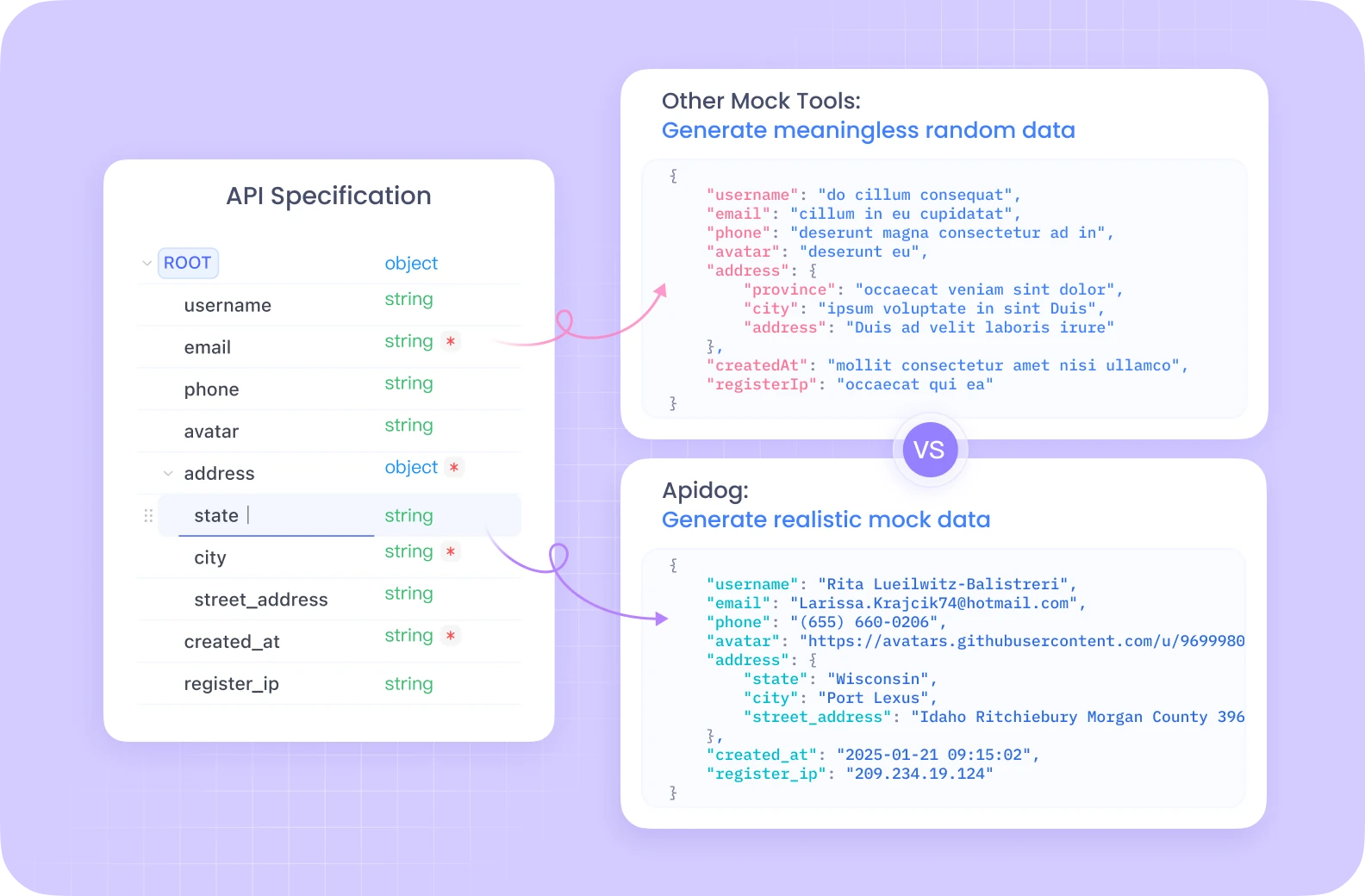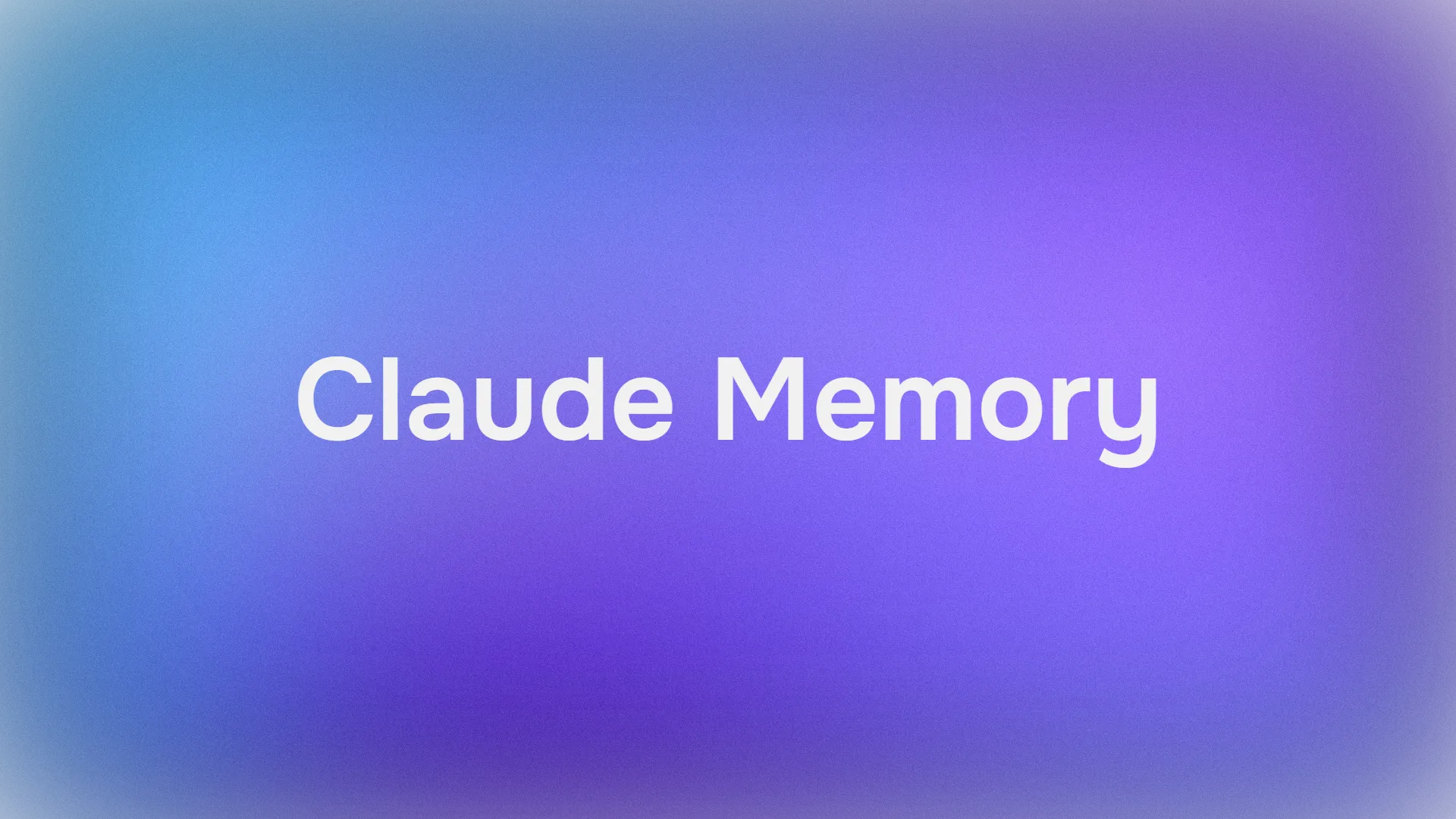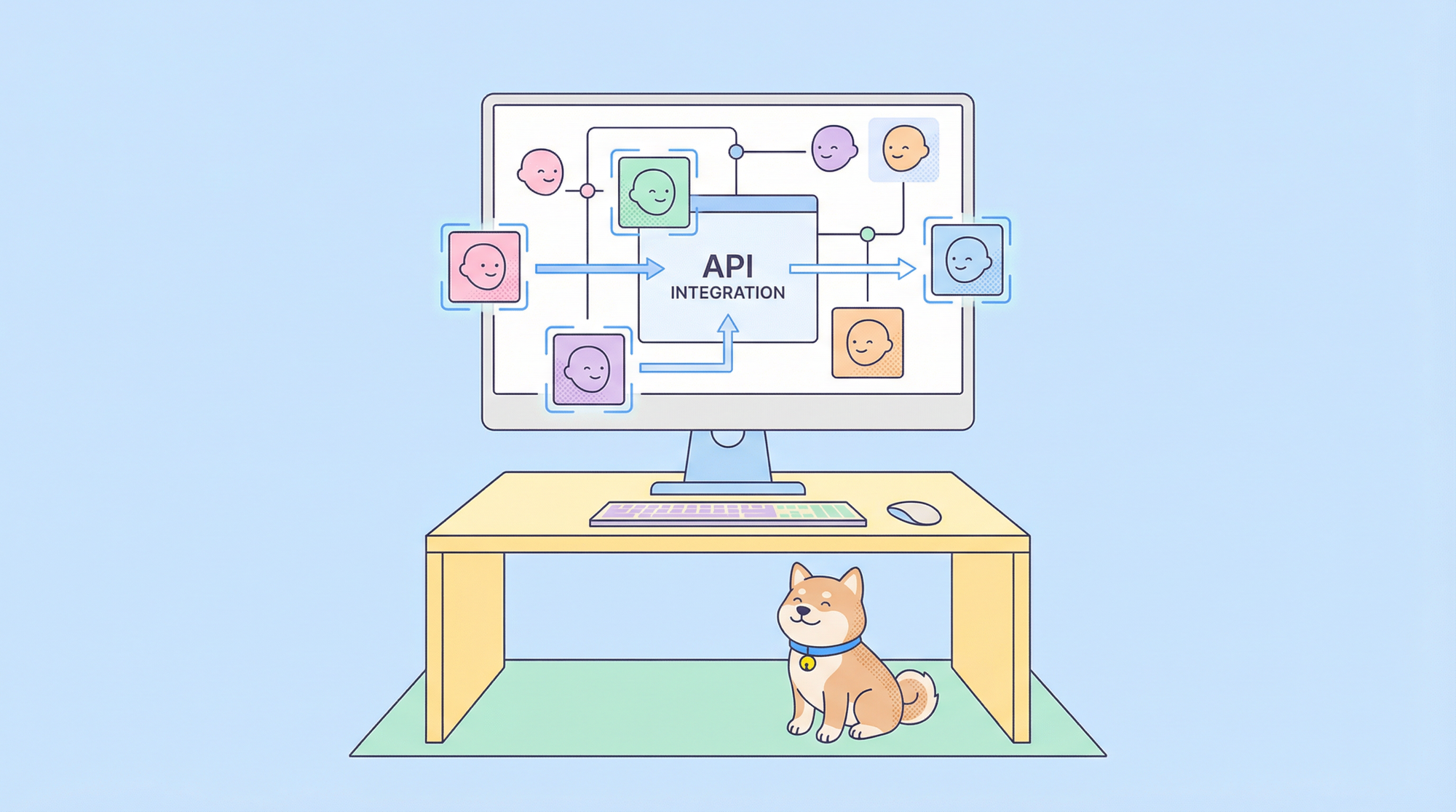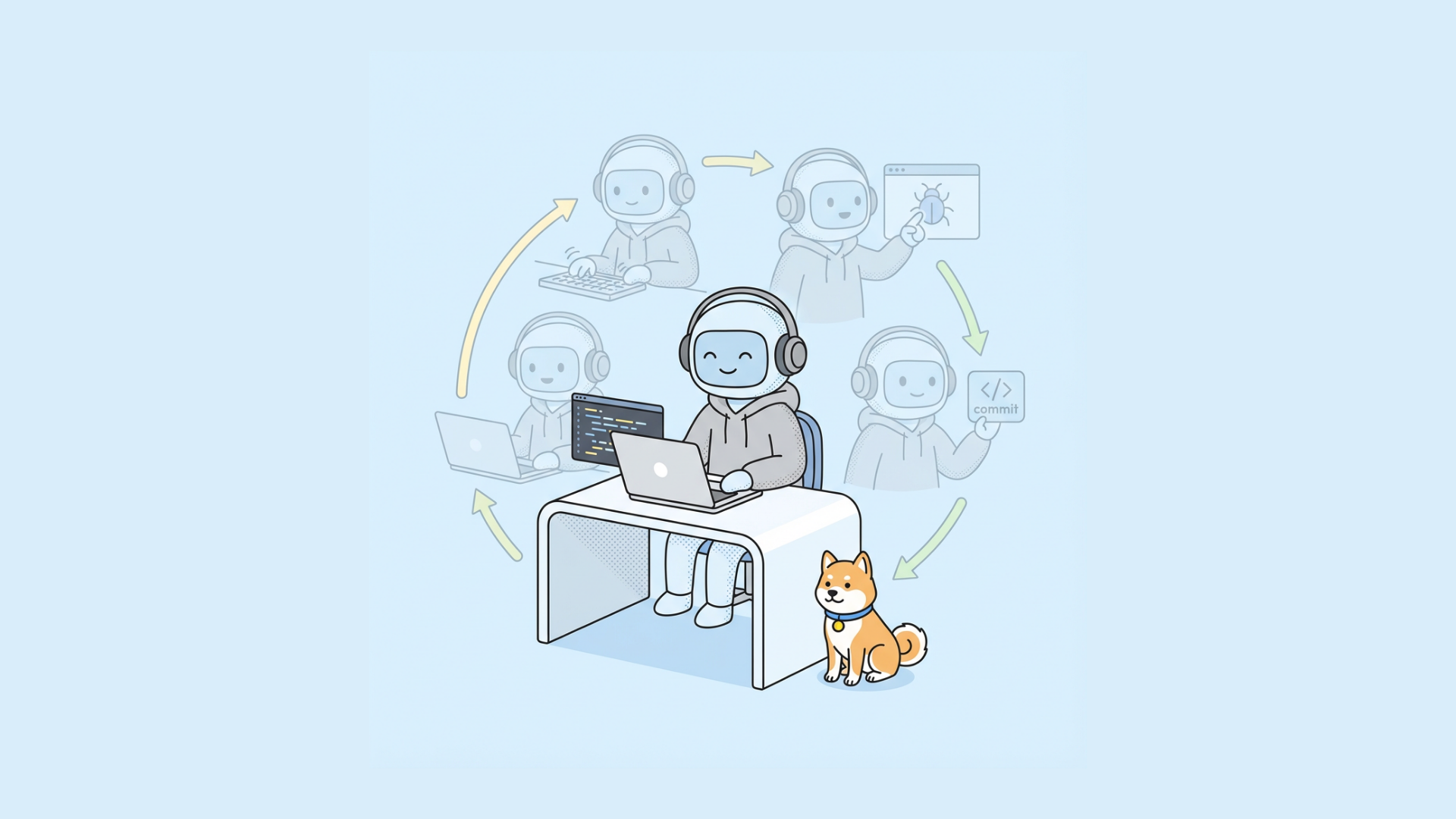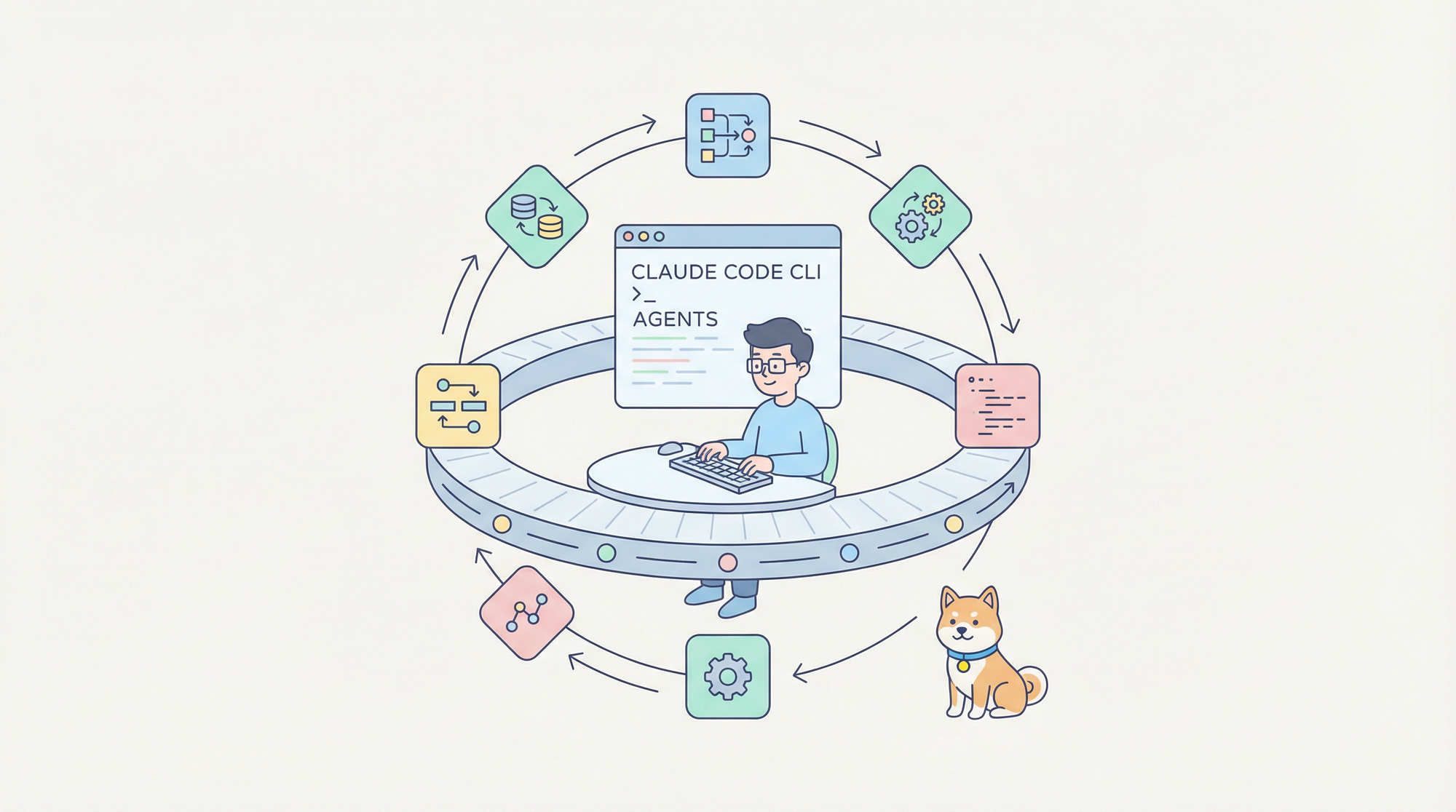Imagine an AI that doesn’t just answer your questions but remembers your projects, preferences, and priorities, picking up right where you left off—like a trusted assistant who’s always got your back. That’s the brilliance of Claude Memory, a groundbreaking feature from Anthropic that’s transforming how we interact with AI. Introduced in 2025, Claude Memory is all about continuity, making your conversations with Claude, Anthropic’s conversational AI, feel less like a reset button and more like an ongoing partnership. Whether you’re managing complex projects, juggling team workflows, or just need a refresher after a weekend away, Claude Memory ensures you don’t have to start from scratch. In this article, we’ll dive into what Claude Memory is, how it works, its project-scoped magic, and the granular control you have over it—all in a conversational tone to make this as fun as chatting with Claude itself. Let’s explore why Claude Memory is a game-changer for productivity and collaboration!
Want an integrated, All-in-One platform for your Developer Team to work together with maximum productivity?
Apidog delivers all your demands, and replaces Postman at a much more affordable price!
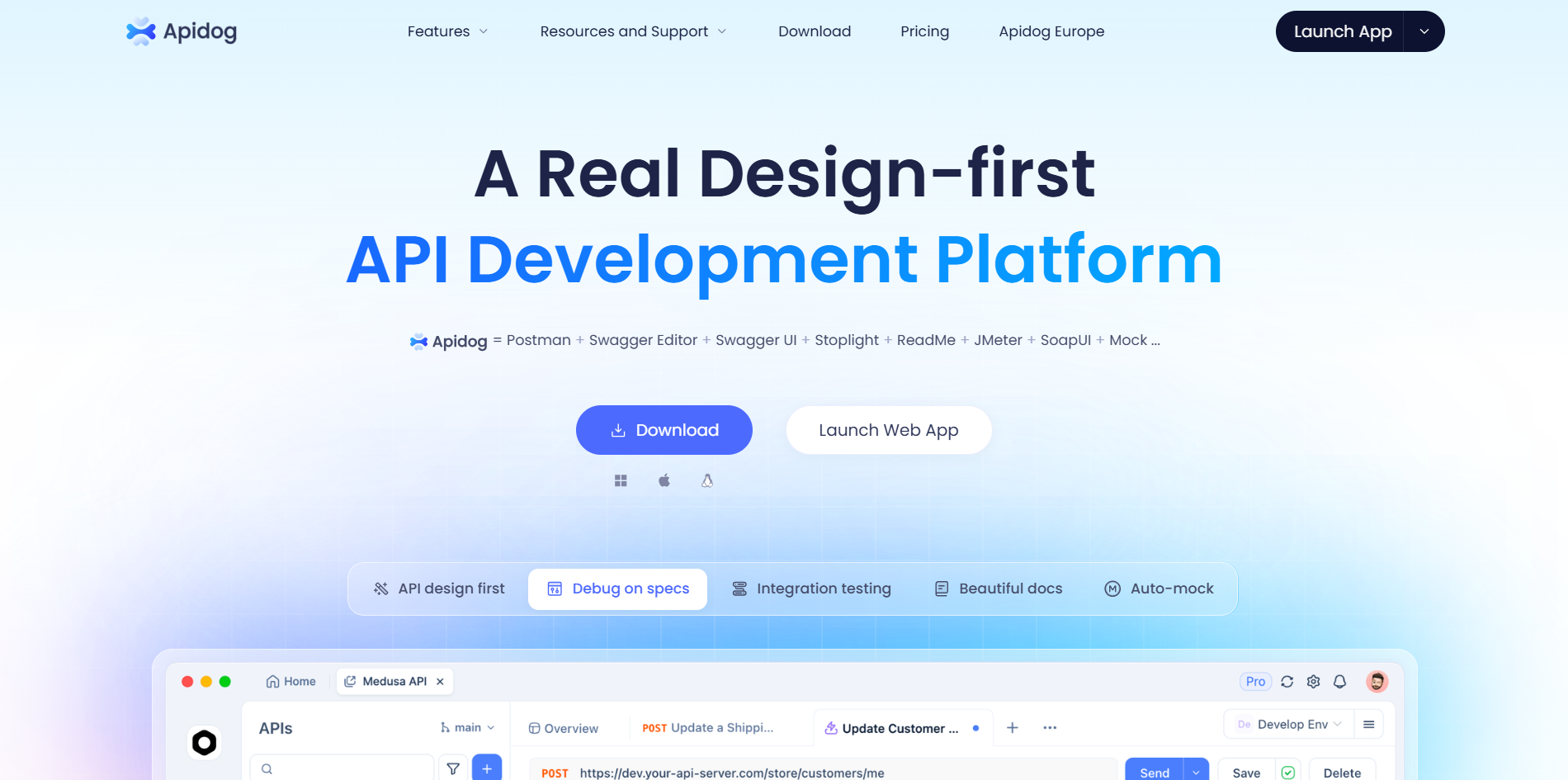
What is Claude Memory?
At its core, Claude Memory is Anthropic’s answer to the age-old frustration of repeating yourself to an AI. It’s a feature that lets Claude search and reference past chats while generating a memory of your conversation history, so you can maintain context across sessions. Think of it as Claude keeping a digital notebook of your work, ready to flip back to the right page whenever you need it. Launched in August 2025 for individual users and expanded to teams in September, Claude Memory is designed to maximize productivity, especially for professional settings. It’s not just about remembering what you said—it’s about understanding your projects, workflows, and preferences to deliver tailored responses.
For example, imagine you’ve been working on a product launch with Claude, hashing out specs and timelines. Then life happens—maybe a vacation, a business trip, or just a busy weekend. When you return, you don’t need to dig through old chats or re-explain everything. Just type, “Back from vacation! What were we working on last week?” and Claude will surf through your past conversations, pulling up the most relevant details about your project. This ability to reference past chats makes Claude Memory a lifesaver for anyone juggling multiple tasks or returning to work after a break.
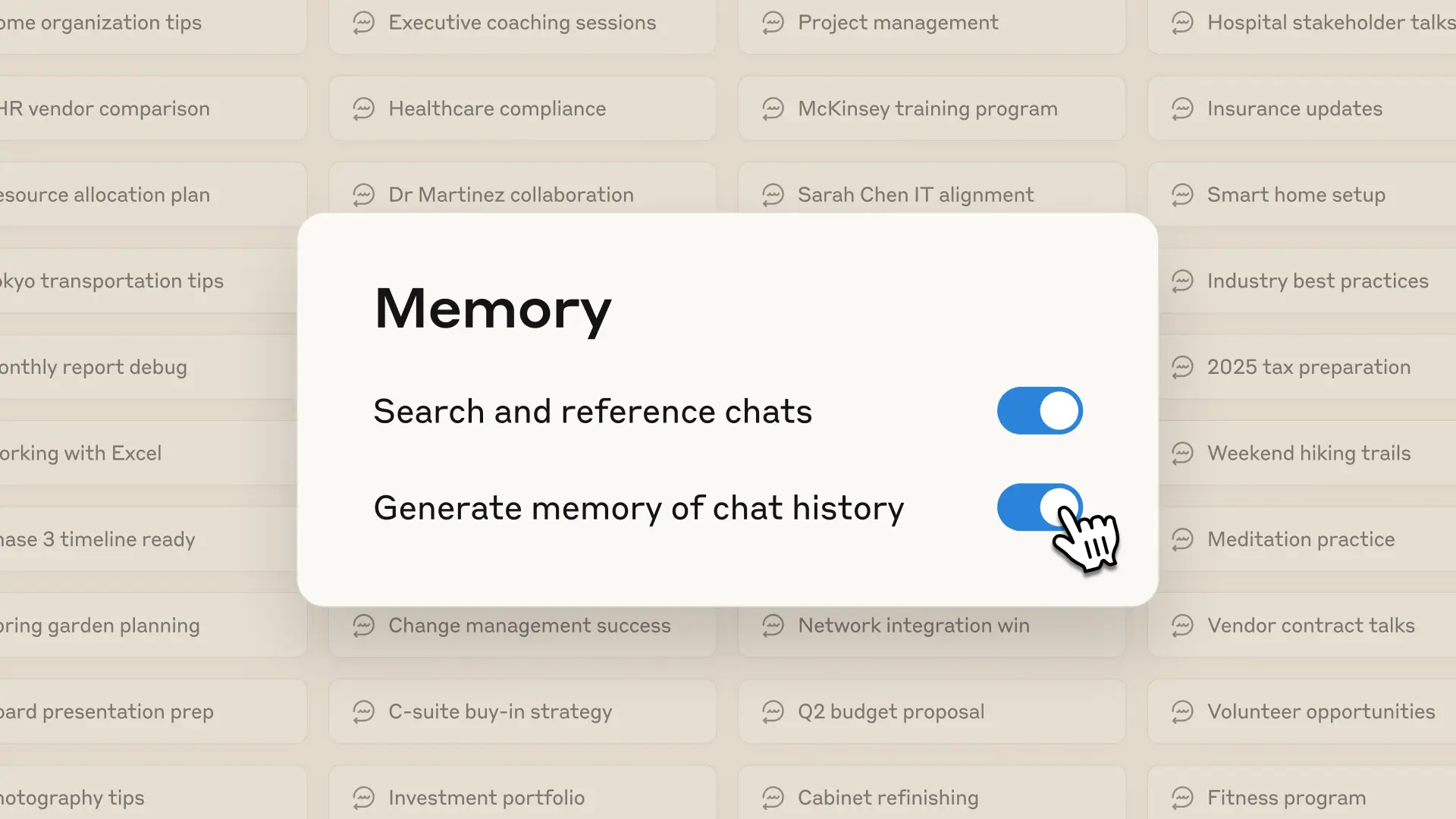
Picking Up Where You Left Off
One of the coolest things about Claude Memory is how it lets you seamlessly pick up where you left off. Unlike traditional chatbots that treat every session like a blank slate, Claude can dive into your chat history when prompted, bringing context back to life. Let’s say you’re a product manager who’s been brainstorming features with Claude. After a week away, you fire up Claude and ask, “What were we working on last week?” Claude doesn’t just give you a generic response—it searches your conversation history, identifies the relevant threads (like that feature spec discussion), and summarizes the key points. It’s like having a project assistant who never forgets a detail.
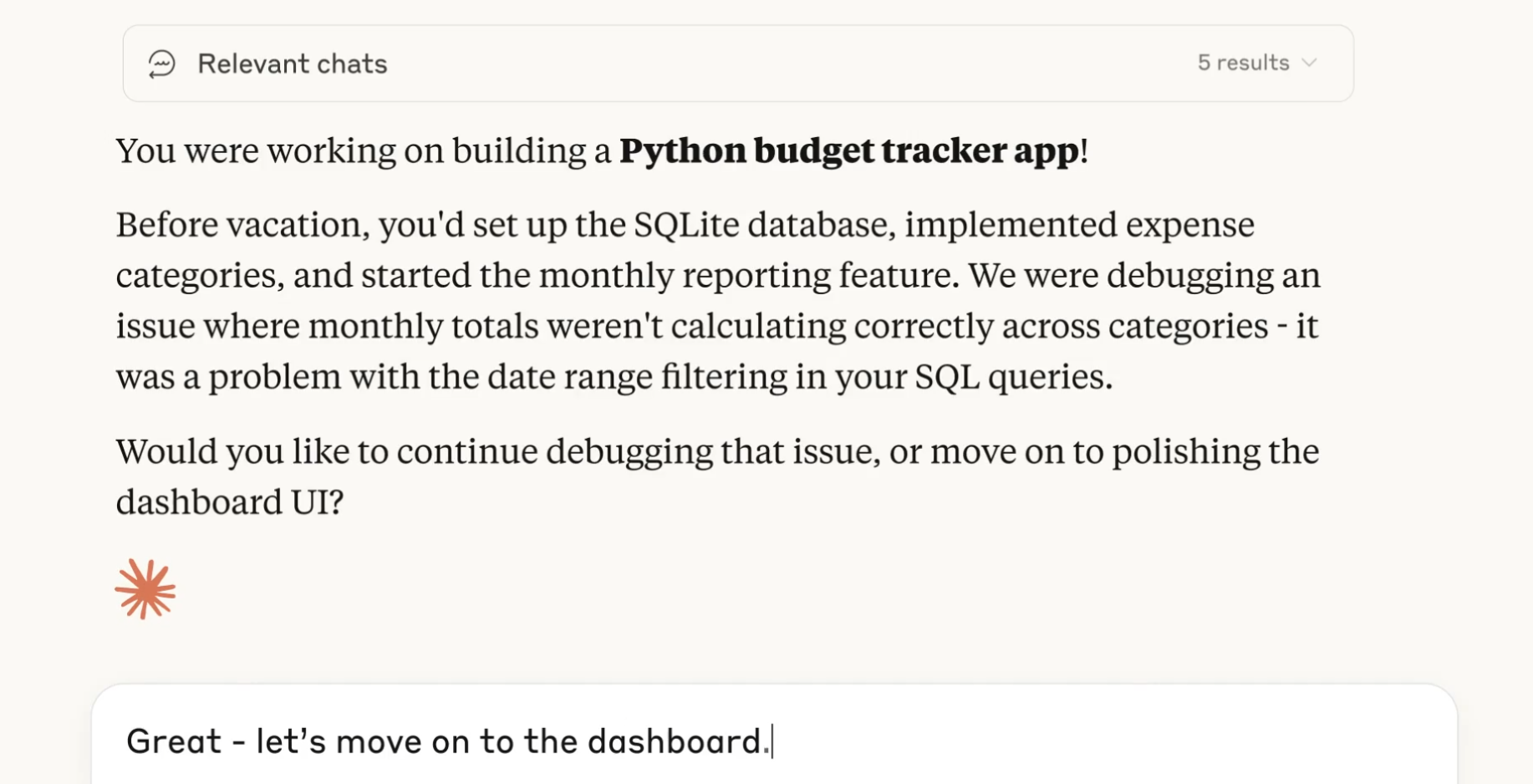
This feature shines for long-term projects or recurring tasks. For instance, if you’re a content creator planning a blog series, you can ask Claude to recall earlier ideas or outlines without rehashing everything. The result? Less time spent catching up and more time moving forward. Claude Memory makes Claude feel like a true collaborator, not just a one-off query machine.
Project-Scoped Memory: Context That Stays in Its Lane
Here’s where Claude Memory gets even smarter: it’s project-scoped. This means Claude keeps memories tied to specific projects or workspaces, ensuring responses are contextually relevant and don’t bleed into unrelated tasks. For example, let’s say you’re working on two projects—a product launch and a client pitch. If you ask, “Help me summarize my key wins this quarter,” Claude won’t mix up the two. In the product launch project, it might highlight feature rollouts and milestones, while in the client pitch workspace, it’ll focus on successful meetings or deliverables. This separation is a godsend for teams managing multiple initiatives, as it prevents sensitive or unrelated info from creeping into the wrong conversation.
Project-scoped Claude Memory acts like a safety guardrail, keeping your data organized and secure. For instance, a sales team can maintain client-specific memories separate from internal ops discussions, ensuring confidentiality and clarity. It’s a thoughtful design choice that makes Claude Memory ideal for professional use, where context matters and mixing things up could cause chaos.
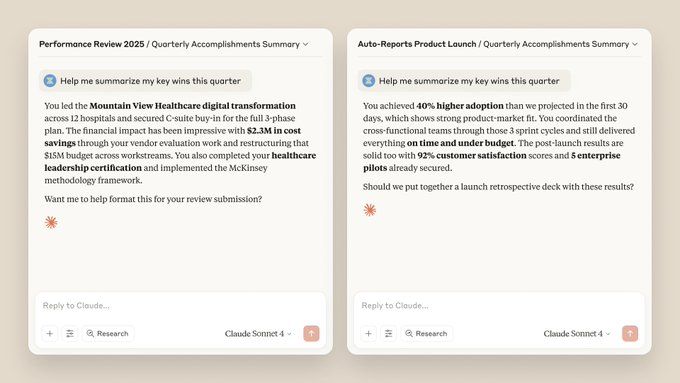
Full Control with Optional Memory and Granular Settings
Worried about Claude remembering too much? Fear not—Claude Memory is fully optional with granular controls, putting you in the driver’s seat. You can head to Claude’s settings (check out claude.ai/settings/features) to toggle memory on or off. When it’s on, you get a memory summary that shows exactly what Claude’s storing—think project details, team preferences, or recurring processes. You can review this summary, edit what’s stored, or even tell Claude to focus on specific details (like “prioritize sprint updates”) or ignore others (like “skip casual chats”).
This transparency is a big deal. Unlike some AI systems that build profiles behind the scenes, Claude’s team has made it clear: Claude Memory doesn’t invisibly pull in context. You have to explicitly ask Claude to search past chats (e.g., “What did we discuss about the Q3 roadmap?”), or it’ll infer based on the current conversation’s context. When it does, you’ll see a tool call indicating it’s referencing memory, so there’s no sneaky data usage. Want to turn it off entirely? Just flip the switch in settings, and Claude won’t store or reference anything. This opt-in approach makes Claude Memory a privacy-first feature, perfect for teams handling sensitive data.
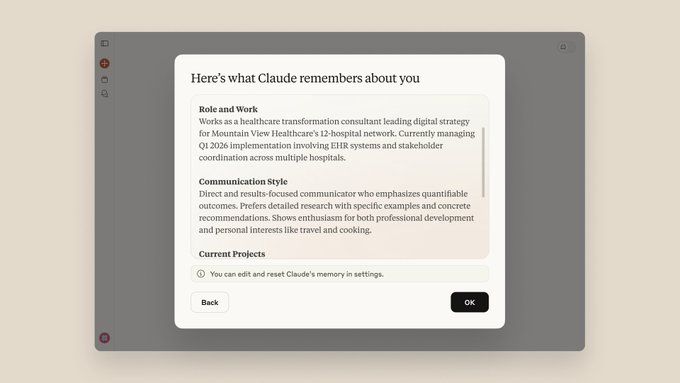
Incognito Chats: Memory-Free Conversations
Sometimes, you want a clean slate—maybe for a one-off brainstorm or a sensitive discussion. That’s where Claude’s Incognito chats come in. Available across all plans (yes, even free ones!), Incognito chats let you start conversations that aren’t saved to your chat history or Claude Memory. It’s perfect for confidential strategy sessions or when you just want to experiment without cluttering your history. Just select “Incognito” when starting a new chat, and Claude treats it like a temporary sandbox—nothing gets stored, and it’s as private as a whisper.
This feature is a thoughtful nod to user needs, balancing the power of Claude Memory with the flexibility to go off the record. Whether you’re on a free, Pro, Team, or Enterprise plan, Incognito chats give you control over what Claude remembers.
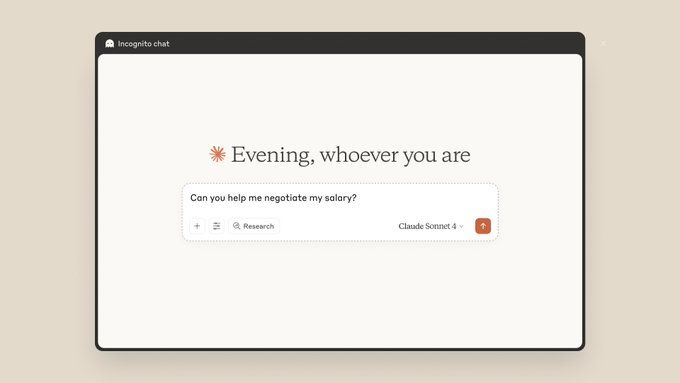
Which Plans Support Claude Memory?
So, who gets to use Claude Memory? As of September 2025, it’s available for paid subscribers on the following plans:
- Claude Max: For individual power users, offering full access to Claude Memory with on-demand chat history recall.
- Claude Team: Designed for small teams, with project-scoped memory to streamline collaboration across shared workspaces.
- Claude Enterprise: Tailored for organizations, with admin controls to enable or disable memory at the org level.
If you’re on the free plan, you’re limited to Incognito chats and basic conversations without memory features. To use Claude Memory, you’ll need to upgrade to Max, Team, or Enterprise. Anthropic’s phased rollout started with premium users to refine the feature, but they’ve hinted at broader availability soon (check claude.ai for updates). For teams, the Team and Enterprise plans are especially valuable, as they support project-specific memories and collaboration, making Claude Memory a must-have for complex workflows.
Conclusion: Why Use Claude Memory
Claude Memory isn’t just a fancy add-on—it’s a productivity booster that redefines how we use AI. By remembering your context, staying project-scoped, and giving you full control, it turns Claude into a partner that grows with you. Whether you’re a solo creator picking up where you left off or a team syncing on long-term projects, Claude Memory cuts out the repetitive setup and lets you focus on what matters. Plus, with Incognito chats and granular settings, you’ve got the flexibility to keep things private or tailored to your needs.
In a world where AI is everywhere, Claude Memory stands out for its thoughtful design and user-first approach. So, next time you’re back from a break, just ask Claude, “What were we working on?” and watch it weave your past chats into actionable insights. Ready to try it? Head to your settings, toggle on Claude Memory, and start building a smarter, more connected AI experience!
